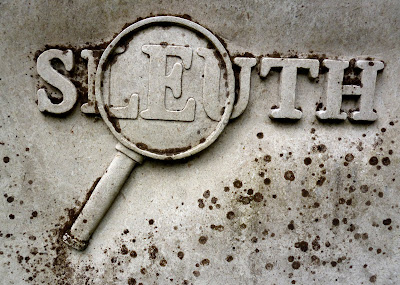In recent years John Williams's Stoner has attracted a great deal of attention as one of the great 'forgotten' novels and had been re-issued to great acclaim in NYRB Classics and Vintage Classics and called one of the 'Most Underrated Southern Books of All Time' by Oxford American.
Stoner is set in Missouri and covers fifty years in the life of John Stoner, beginning in 1910. Stoner is brought up on a farm and goes to the University of Missouri to study farming. However, he develops a love of literature and goes on to take a Masters and a PhD and teach that subject at the same university, which he doesn't leave until shortly before his death from cancer.
Near the end the drugs Stoner takes for his illness lead to a dream-like state not altogether dissimilar to the states described in which Stoner drifts into marriage with Edith. But marriage to Edith – apart from a short interlude in which she turns into a sex-mad wife while working toward and succeeding in her own dream as a mother – is more of a nightmare.
Stoner is very much concerned with alienation, half about how a couple living together can be hopelessly estranged from each other, half about how ruthless the world of academe can be. Two world wars come and go, and although one of Stoner's friends dies in the first, the real battles here are at home and at work: the narrator at one stage sees Edith as making a declaration of war with her husband, and Stoner's boss Lomax seems bent on destroying anything that Stoner holds dear, including his extramarital relationship with Katherine.
I feel that some of the praises for this book overrate it a little, although there are many quietly brilliant moments in it.
Stoner is set in Missouri and covers fifty years in the life of John Stoner, beginning in 1910. Stoner is brought up on a farm and goes to the University of Missouri to study farming. However, he develops a love of literature and goes on to take a Masters and a PhD and teach that subject at the same university, which he doesn't leave until shortly before his death from cancer.
Near the end the drugs Stoner takes for his illness lead to a dream-like state not altogether dissimilar to the states described in which Stoner drifts into marriage with Edith. But marriage to Edith – apart from a short interlude in which she turns into a sex-mad wife while working toward and succeeding in her own dream as a mother – is more of a nightmare.
Stoner is very much concerned with alienation, half about how a couple living together can be hopelessly estranged from each other, half about how ruthless the world of academe can be. Two world wars come and go, and although one of Stoner's friends dies in the first, the real battles here are at home and at work: the narrator at one stage sees Edith as making a declaration of war with her husband, and Stoner's boss Lomax seems bent on destroying anything that Stoner holds dear, including his extramarital relationship with Katherine.
I feel that some of the praises for this book overrate it a little, although there are many quietly brilliant moments in it.























































